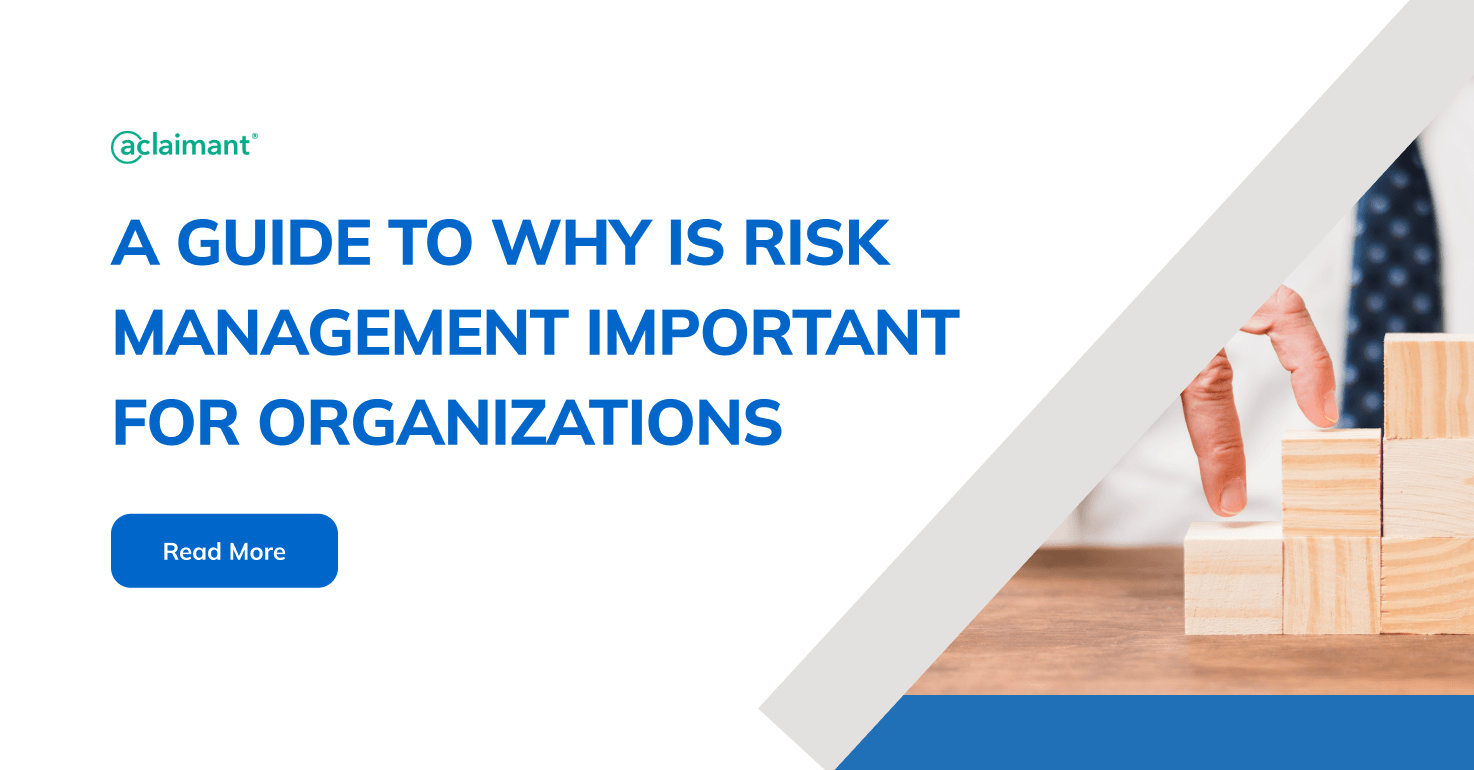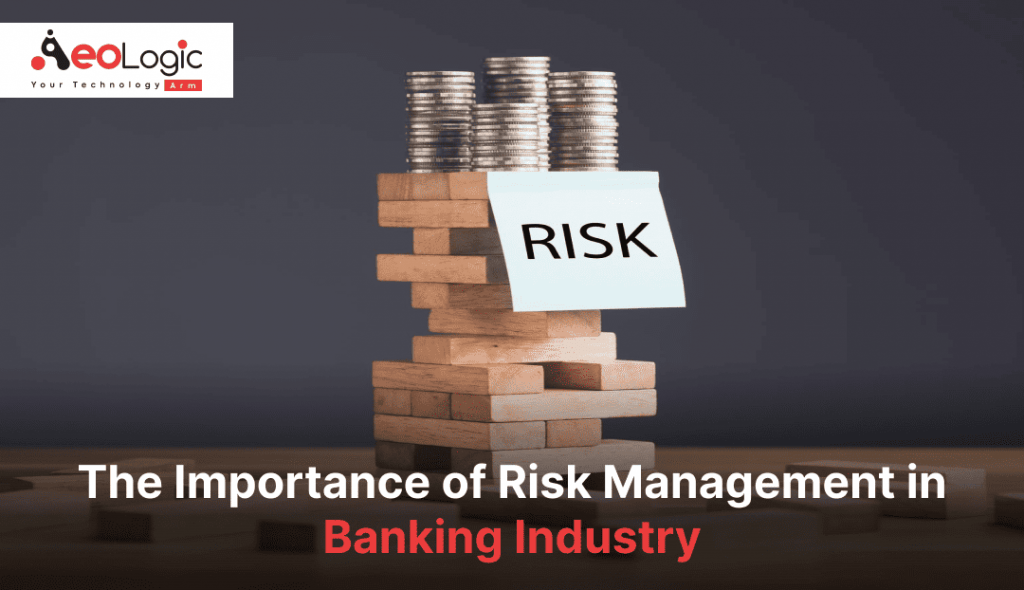Exploring the Importance of Risk Management for Effective Decision-Making Techniques
In the complex globe of company, Risk Management arises as a crucial factor in the decision-making process. The ability to determine possible hazards and opportunities, and strategize appropriately, can mean the distinction in between success and failure.
Understanding the Concept of Risk Management
Risk Management, an essential element in decision-making, is typically misconstrued or oversimplified. Usually, it describes the identification, evaluation, and prioritization of dangers to decrease, monitor, and control the probability or impact of unfortunate events. It's not just regarding stopping unfavorable results, however likewise regarding acknowledging prospective opportunities. Risk Management includes disciplined and organized strategies, using data and insightful analyses. It requires an extensive understanding of the organization's context, purposes, and the prospective dangers that could combat them. From monetary unpredictabilities, lawful liabilities, strategic Management errors, to crashes and all-natural disasters, it deals with various threats. Significantly, effective Risk Management is not stationary; it's a constant, forward-looking procedure that progresses with changing conditions.
The Duty of Risk Management in Decision-Making Processes
In the realm of calculated planning and company operations, Risk Management plays an important duty in decision-making processes. Risk Management therefore becomes a crucial tool in decision-making, aiding leaders to make informed options based on a comprehensive understanding of the threats involved. Risk Management serves as an important element in the decision-making processes of any type of organization.

Just How Risk Management Improves Strategic Planning
In the context of strategic preparation, Risk Management plays a pivotal duty. Starting with the identification of possible risks, it further expands to the application of Risk reduction steps. The function of Risk Management is not static yet dynamic, as it demands constant surveillance and adjusting of methods.
Identifying Possible Dangers

Carrying Out Risk Reduction
Having actually developed the relevance of recognizing potential threats, the next action is to check out Risk mitigation. This process includes creating and implementing techniques to take care of determined dangers effectively. It is an important element of calculated planning as it improves decision-making by reducing prospective negative outcomes. Risk reduction approaches can vary from Risk avoidance, Risk transfer, to risk decrease. Each approach must be tailored to the specific Risk, considering its possible effect and the company's Risk tolerance. In addition, reliable Risk reduction calls for a deep understanding of the Risk landscape and the potential influence of each Risk. This understanding enables companies to prioritize risks and allot sources try this efficiently, making sure that the most significant hazards are resolved first.
Surveillance and Readjusting Techniques
Though Risk mitigation is an essential action in tactical preparation, constant surveillance and adjustment of these approaches is similarly vital. This continuous procedure allows companies to recognize new dangers and reassess existing ones, ensuring the carried out strategies stay reliable in the ever-changing company atmosphere. It additionally offers a possibility to evaluate the success of the Risk Management measures, allowing modifications to be made where essential, further improving critical planning. Efficient tracking and change require using analytics and key performance indications (KPIs) to gauge performance. These tools supply more information important data-driven understandings that can educate strategic decision-making. Monitoring and adjusting Risk Management techniques is a crucial part for enhancing a company's strength and critical preparation.
Instance Studies: Successful Risk Management and Decision-Making
In the world of service and financing, successful Risk Management and decision-making typically offer as the columns of prosperous ventures. These situations highlight the worth of sharp Risk Management in decision-making processes. These cases emphasize the critical role of Risk Management in tactical decision-making.
Tools and Techniques for Effective Risk Management
These tools, such as Risk signs up and heat maps, help in determining and assessing prospective dangers. Risk action methods, a key element of Risk Management, include accepting, staying clear of, transferring, or mitigating dangers. With these tools and strategies, decision-makers can browse the complicated landscape of Risk Management, consequently facilitating informed and effective decision-making.
Future Patterns in Risk Management and Decision-Making Strategies
As we check out the large landscape of Risk Management, it becomes evident that the tools and methods used today will certainly proceed to evolve. The idea of Risk society, where every member of a company is mindful and involved in Risk Management, will certainly obtain much more importance. These fads herald a more positive and comprehensive technique in the direction of Risk Management and decision-making.
Final thought

Risk Management therefore becomes an important tool in decision-making, aiding leaders to make enlightened options based on an extensive understanding of the risks entailed. Risk mitigation strategies can vary from Risk evasion, Risk transfer, to risk decrease (importance of risk management). Efficient Risk reduction needs a deep understanding of the Risk landscape and the possible effect of each Risk. Risk feedback approaches, a crucial component of Risk Management, involve approving, avoiding, moving, or mitigating dangers. The concept of Risk culture, where every member of an organization is aware and entailed in Risk Management, will obtain a lot more importance